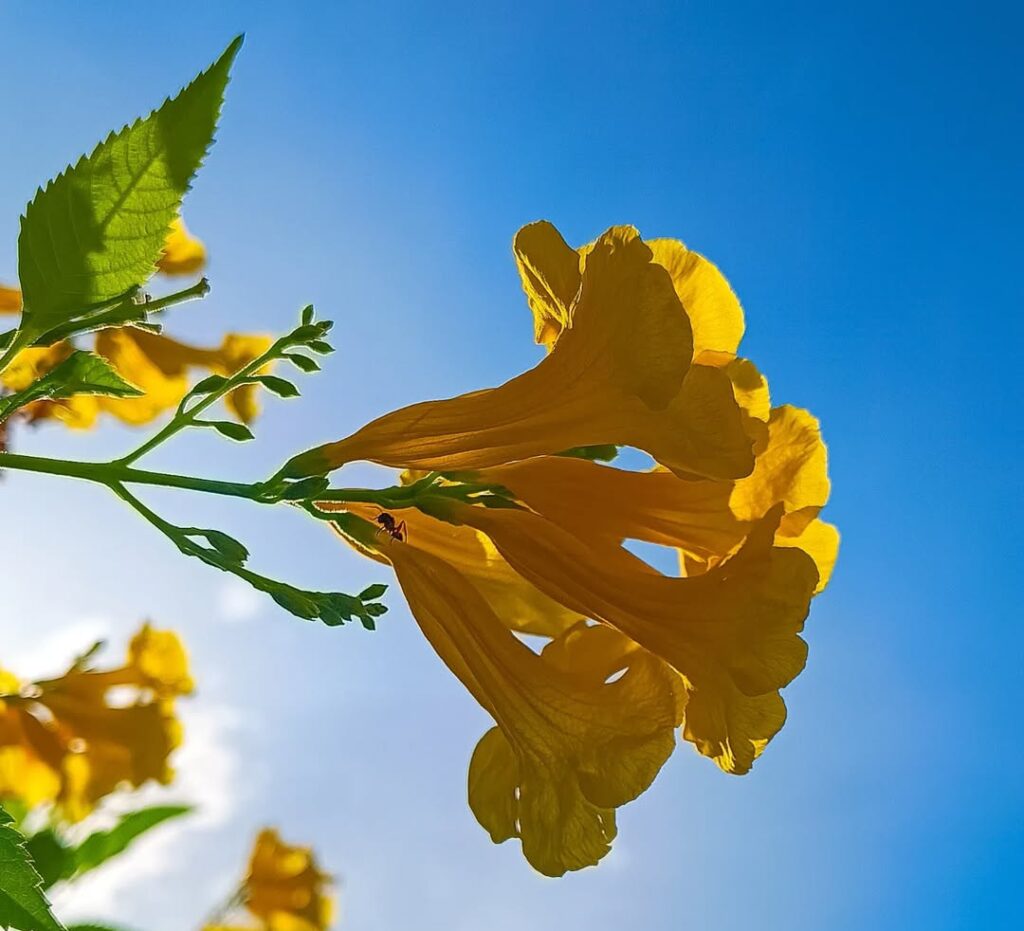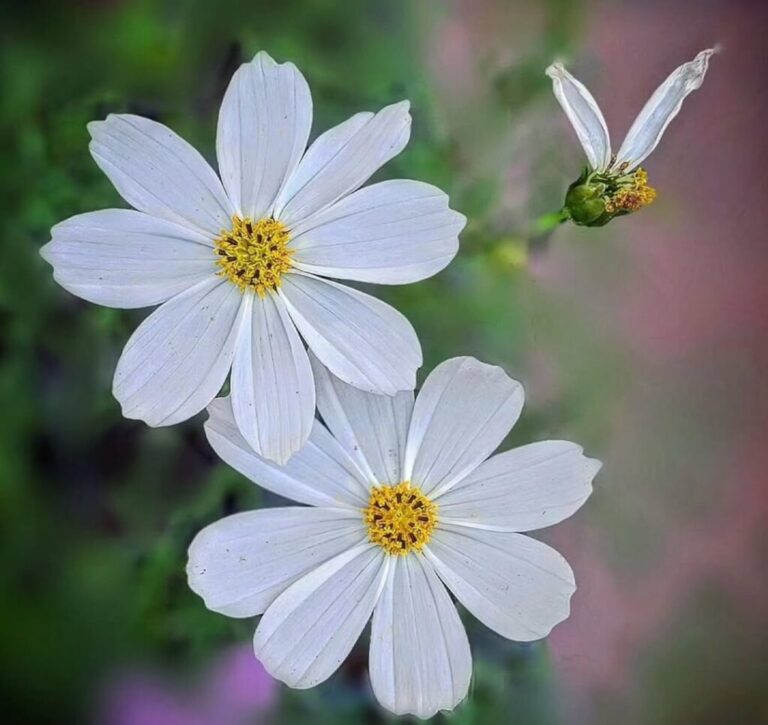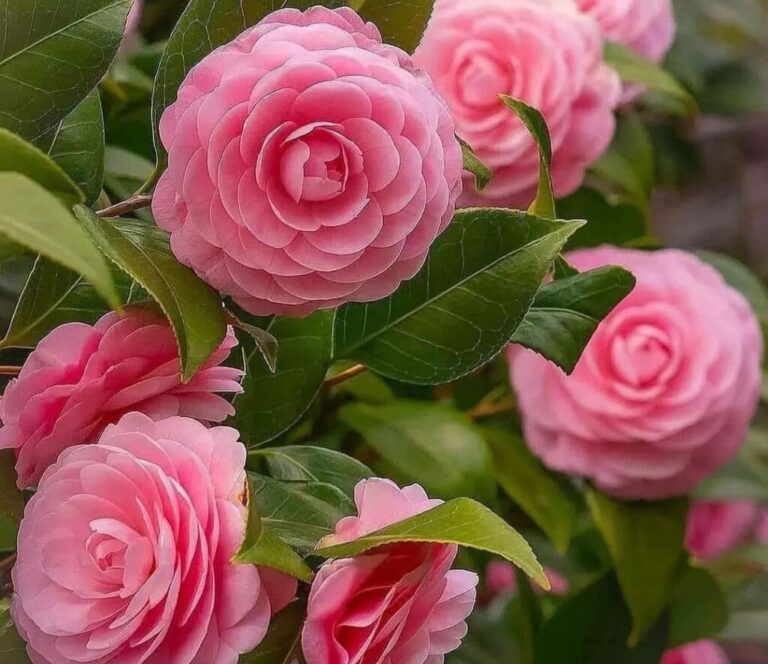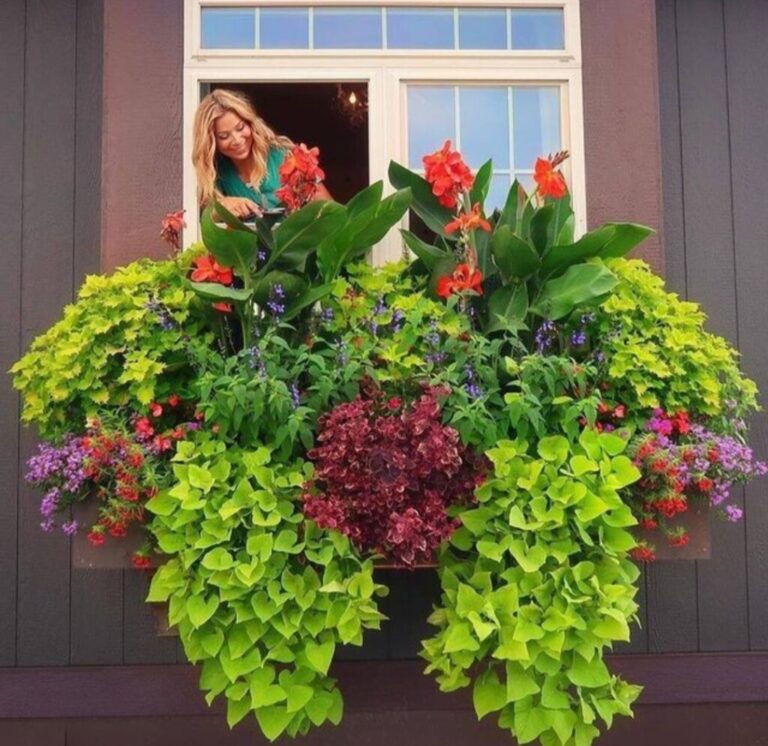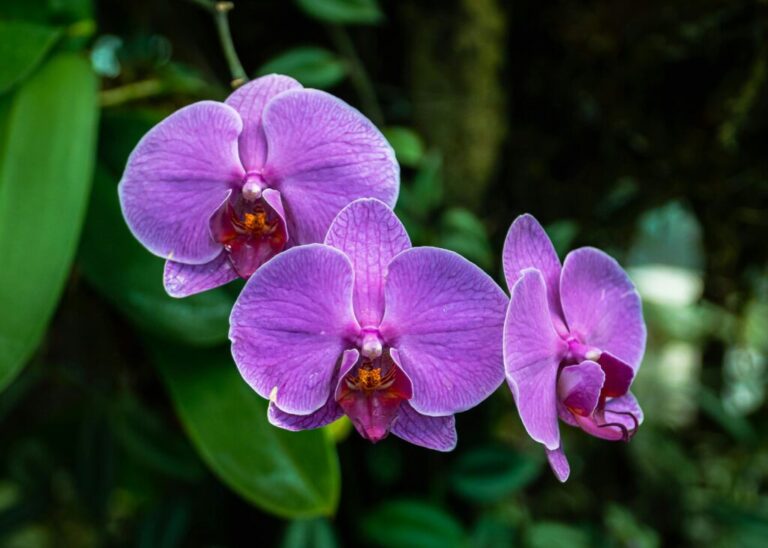The yellow elder plant, also known as yellow bells, esperanza, or yellow trumpetbush, is a stunning addition to any garden. Its vibrant trumpet-shaped flowers bring an unmistakable burst of color, and its hardy nature makes it a favorite among gardeners. Beyond its beauty, this shrub plays an important ecological role by attracting pollinators like hummingbirds, butterflies, and bees. Whether you’re an experienced gardener or just starting out, this guide will walk you through everything you need to know about growing and caring for the yellow elder plant.

- 1 Introduction to the Yellow Elder Plant
- 2 Planting the Yellow Elder
- 3 How to Plant the Yellow Elder
- 4 Caring for the Yellow Elder Plant
- 5 Watering
- 6 Fertilizing
- 7 Pruning
- 8 Pests and Diseases
- 9 Propagating the Yellow Elder
- 10 From Cuttings
- 11 From Seeds
- 12 Growing Yellow Elder in Pots
- 13 Common Problems and Solutions
- 14 Lack of Blooms
- 15 Yellowing Leaves
- 16 Invasiveness
- 17 FAQs
Introduction to the Yellow Elder Plant
The yellow elder (Tecoma stans) is a fast-growing perennial shrub native to the Americas, particularly the southwestern United States, Central America, and South America. Known for its bright yellow, trumpet-shaped flowers, this plant is a popular choice for adding a tropical touch to gardens. It thrives in warm climates and can grow up to 9 feet tall in most gardens. In ideal conditions, it can reach an even greater height of 25 feet, making it an excellent option for privacy hedges or dramatic landscape focal points.
This plant’s beauty is further enhanced by its green, toothed, lace-shaped leaves that serve as a striking backdrop to its vibrant blooms. Its long seed pods, which develop after flowering, provide food for small animals, adding to its ecological benefits. However, its fast growth can make it invasive in some areas, so it’s important to monitor its spread and plant it responsibly.
Planting the Yellow Elder
Choosing the Right Location
To ensure your yellow elder plant thrives, selecting the right location is crucial. These plants need plenty of sunlight, ideally at least six hours of direct sun daily. Full sun exposure encourages lush foliage and abundant blooms, making your garden stand out. While the yellow elder can tolerate partial shade, its growth and flowering will be noticeably reduced.
When it comes to soil, yellow elder is quite adaptable but prefers well-draining soil with a slightly sandy or loamy texture. The plant also grows best in soil with a neutral to slightly alkaline pH. Adding compost to the soil improves its drainage and nutrient content, giving the plant the ideal environment to thrive.
Yellow elder is a fast grower, so make sure to space it properly. Allow for a spread of 6–12 feet to give the plant ample room to grow and branch out. This not only ensures healthy growth but also prevents overcrowding and competition for sunlight.
How to Plant the Yellow Elder
The best time to plant yellow elder is in spring, once the risk of frost has passed. Start by digging a hole that’s twice the size of the plant’s root ball to give the roots room to spread. Mix compost into the soil to enrich it, and then gently place the plant in the hole. Backfill the hole with soil, ensuring the plant sits at the same depth it was growing in its nursery pot. Water thoroughly to settle the soil around the roots, and your yellow elder is ready to grow!
Caring for the Yellow Elder Plant
Watering
While the yellow elder is drought-tolerant once established, proper watering is essential during its early growth stages.For their roots to become robust, young plants require frequent watering. Water deeply once every two weeks during dry periods, allowing the soil to dry out between waterings.
For established plants, natural rainfall is often sufficient to meet their water needs. Overwatering can lead to root rot, so it’s important to avoid watering too frequently. During extended droughts, weekly watering may be necessary to keep the plant thriving.
Fertilizing
Yellow elder doesn’t require heavy fertilization, but occasional feeding can boost its growth and flowering. A balanced, slow-release fertilizer applied once in spring is usually sufficient. Steer clear of overfertilising since this can cause too much foliage growth at the price of flowers.For plants in nutrient-poor soil, supplementing with a phosphorus-rich fertilizer can encourage more flowers.
Pruning
Pruning is an important part of yellow elder care, as it helps maintain the plant’s shape and encourages healthy new growth. Prune your plant in late winter or early spring, before new growth begins. To cut off dead or damaged branches, use pruning shears that are clean and sharp.
For overgrown plants, you can cut them back to the ground; the yellow elder’s vigorous growth ensures it will bounce back quickly. Regular pruning not only keeps the plant looking tidy but also prevents it from becoming too leggy or sprawling.
Pests and Diseases
Yellow elder is a resilient plant that rarely faces serious pest or disease issues. However, it’s not entirely immune. Common pests like aphids and whiteflies may occasionally appear, but these can be controlled with neem oil or insecticidal soap.
The most common disease issue is root rot, caused by overwatering or poorly draining soil. To prevent this, make sure the soil drains well and avoid watering until the topsoil feels dry. Regularly inspect your plant for any signs of stress or infestation and address issues promptly to keep it healthy.
Propagating the Yellow Elder
Propagating yellow elder is simple and can be done using cuttings or seeds.
From Cuttings
To propagate from cuttings, select a healthy, 6-inch stem from a mature plant in spring or summer. Remove the lower leaves and dip the cut end in rooting hormone. Plant the cutting in a container filled with well-draining soil, water lightly, and cover it with a plastic bag to retain moisture. Place the container in a warm spot with indirect light, and keep the soil moist but not soggy. Roots typically develop within 4–6 weeks.
From Seeds
To grow yellow elder from seeds, start by collecting mature seed pods from the plant. Allow the pods to dry out completely before cracking them open to extract the seeds. Plant the seeds in moist, sandy soil and keep them in a warm area with bright, indirect light. Water the soil regularly, but avoid overwatering. Germination usually occurs within 2–3 weeks.
Growing Yellow Elder in Pots
If you’re short on space or live in a region with cold winters, yellow elder can thrive in pots. Choose a container that’s at least 12 inches wide and has drainage holes to prevent waterlogging. Fill the pot with a well-draining soil mix, such as a blend of potting soil and sand.
Water potted plants sparingly, allowing the soil to dry out between waterings. If you live in USDA zones 10–11, you can keep your potted yellow elder outdoors year-round. In cooler regions, move the pot indoors or to a sheltered location during winter to protect the plant from frost.
Common Problems and Solutions
Lack of Blooms
If your yellow elder isn’t blooming, it may not be getting enough sunlight. Make sure the plant gets six hours or more of direct sunlight each day. Poor soil drainage or overcrowding can also limit flowering, so check that the soil drains well and that the plant has enough space.
Yellowing Leaves
Yellow leaves are often a sign of overwatering.Between waterings, allow the soil to dry out to avoid root rot. If nutrient deficiencies are suspected, apply a balanced fertilizer to replenish essential nutrients.
Invasiveness
Yellow elder can spread aggressively in non-native areas. To prevent this, regularly monitor its growth and remove unwanted seedlings.
The yellow elder plant is a low-maintenance, fast-growing shrub that brings vibrant color and life to your garden. By providing plenty of sunlight, well-draining soil, and occasional care, you can enjoy its beautiful blooms from spring through fall. Whether grown in a garden bed or container, this cheerful plant is a great choice for attracting pollinators and brightening up any space.
Plant your yellow elder today and watch it transform your garden into a tropical haven!
FAQs
Is Yellow Elder a good choice for hedges?
Yes, Yellow Elder can be used as a hedge or privacy screen due to its dense foliage and fast growth. Regular pruning helps maintain its shape.
Can Yellow Elder plant tolerate frost?
Yellow Elder is frost-sensitive. In areas with frost, protect it with a cover or grow it in a container to move indoors during cold weather.
What is Yellow Elder plant?
Yellow Elder (Tecoma stans), also known as Yellow Bells or Esperanza, is a fast-growing, flowering shrub or small tree known for its bright yellow, trumpet-shaped flowers. It is popular for its ornamental appeal and is often used in landscaping.
How do I care for Yellow Elder plant?
To care for Yellow Elder:
Provide it with plenty of sunlight.
Water it regularly but avoid overwatering.
Prune lightly to maintain shape and encourage blooming.
Fertilize occasionally with a balanced fertilizer during the growing season.
Does Yellow Elder plant attract wildlife?
Yes, Yellow Elder is a magnet for bees, butterflies, and hummingbirds due to its nectar-rich flowers.
